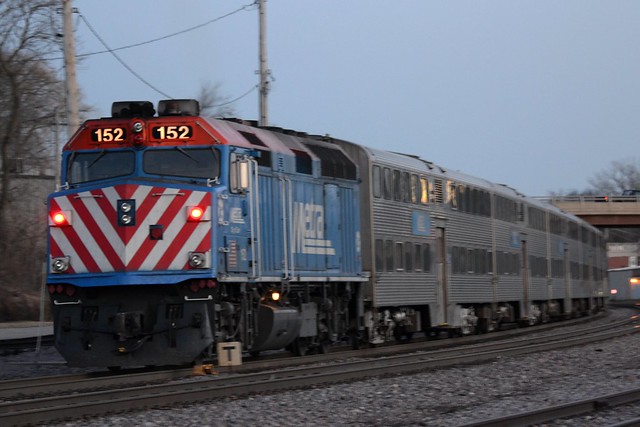
photo credit: Tobyotter
Preliminary test results are good, but implementation costs flagged as "suspiciously low."
IN THE WAKE of the recent deadly train derailment in New York, the National Transportation Safety Board (NTSB) revealed that it has been testing a new crash-avoidance system called Slowing Down™.
Critics have charged that the new technology, while producing good results in all its preliminary tests, is "riddled with manual complexities," such as "decelerating before hitting curves" and "deciding not to go too fast in the first place."
Other observers point out that the costs to implement Slowing Down™ are "suspiciously low."
"The price tag of SD is making our red flags wave so furiously that they've gotten all knotted up," one observer said. "That should raise a red flag."
Despite its critics, Slowing Down™ will be released, according to the NTSB, "on a trial basis" in one of the Northeast corridors "as soon as operator training is complete."
A spokesman for the NTSB confirmed that Slowing Down™ training would include:
- How to drive under 50 m.p.h., even when you really, really want to drive much faster,
- How to distinguish a curved track from a straight track,
- How to place at least one hand on the wheel or the stick or whatever it is,
- How to look out of the window every so often, and
- How to listen to that little voice inside your head that's trying to tell you something.
"These are only a few examples of what Slowing Down™ technology and a properly trained operator can do together," the spokesman said.
Depending on the success of the new technology, the NTSB will consider moving forward with upgrades, rumored to include Slowing Way Down™ and Stopping Altogether™.
© 12.4.13 Kate Heidel